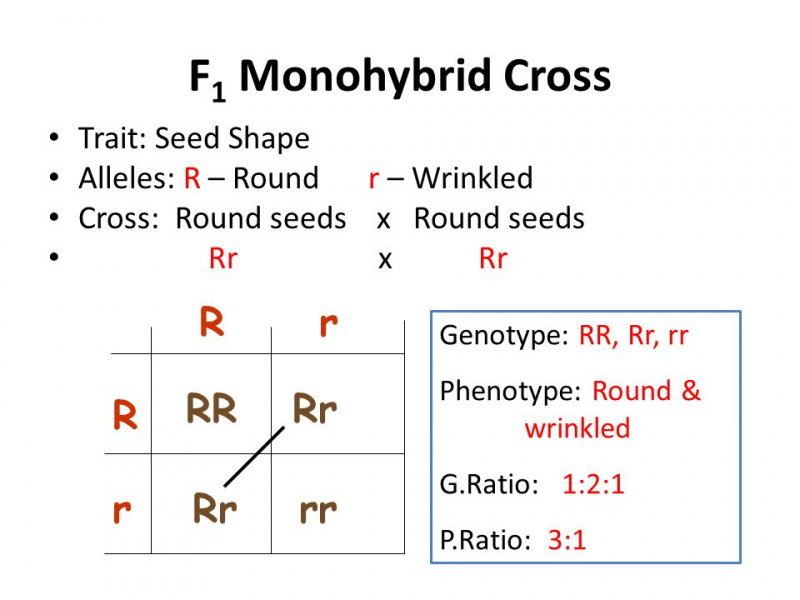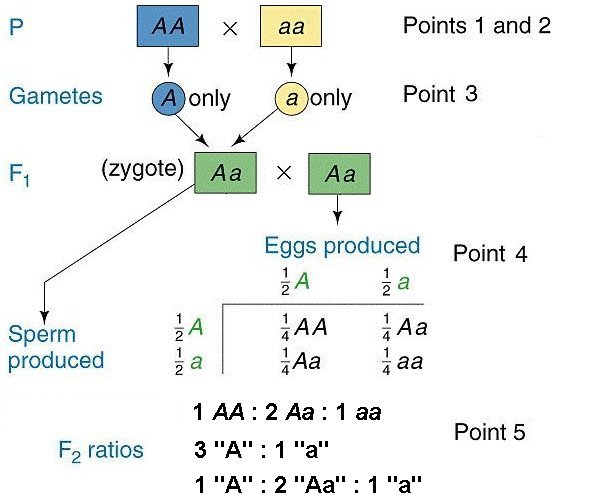Gregor Mendel is most famous for his 3:1 ratio
Mendel bred pea varieties that were unique in one way, such as a plant with a tall stem and one with a small stem. He discovered that the outcome was a collection of tall plants rather than something in between. Mendel selected the edible pea (Pisum sativum) to study because of its many unique varieties, simplicity of cultivation and pollination control, and high rate of successful seed germination.
He examined the features of 34 cultivars between 1854 and 1856. He selected seven features, such as plant height (short or tall) and seed color, that were expressed distinctively to track the transfer of characters (green or yellow). These alternatives were referred to by him as contrasting characters or character pairs. He combined types that were different from one another, such as tall and short. The initial hybrid generation (F1) showed the traits of one variety but not the other. Mendel described these traits as one being dominant and the other recessive. However, the recessive trait returned in the countless offspring he produced from these hybrids (the second generation, F2), and the ratio of kids carrying the dominant gene to offspring carrying the recessive gene was very nearly 3 to 1. According to a study of the dominant group's offspring (F3), one-third of them were true breeders and the other two-thirds had the hybrid constitutions. As a result, the 3:1 ratio might be written as 1:2:1, which would indicate that 50% of the F2 generation was true-breeding and 50% was still a hybrid. Since they did not grow statistically significant populations or follow the various characters independently to determine their statistical relationships, Mendel's predecessors were unlikely to have discovered this important finding.












